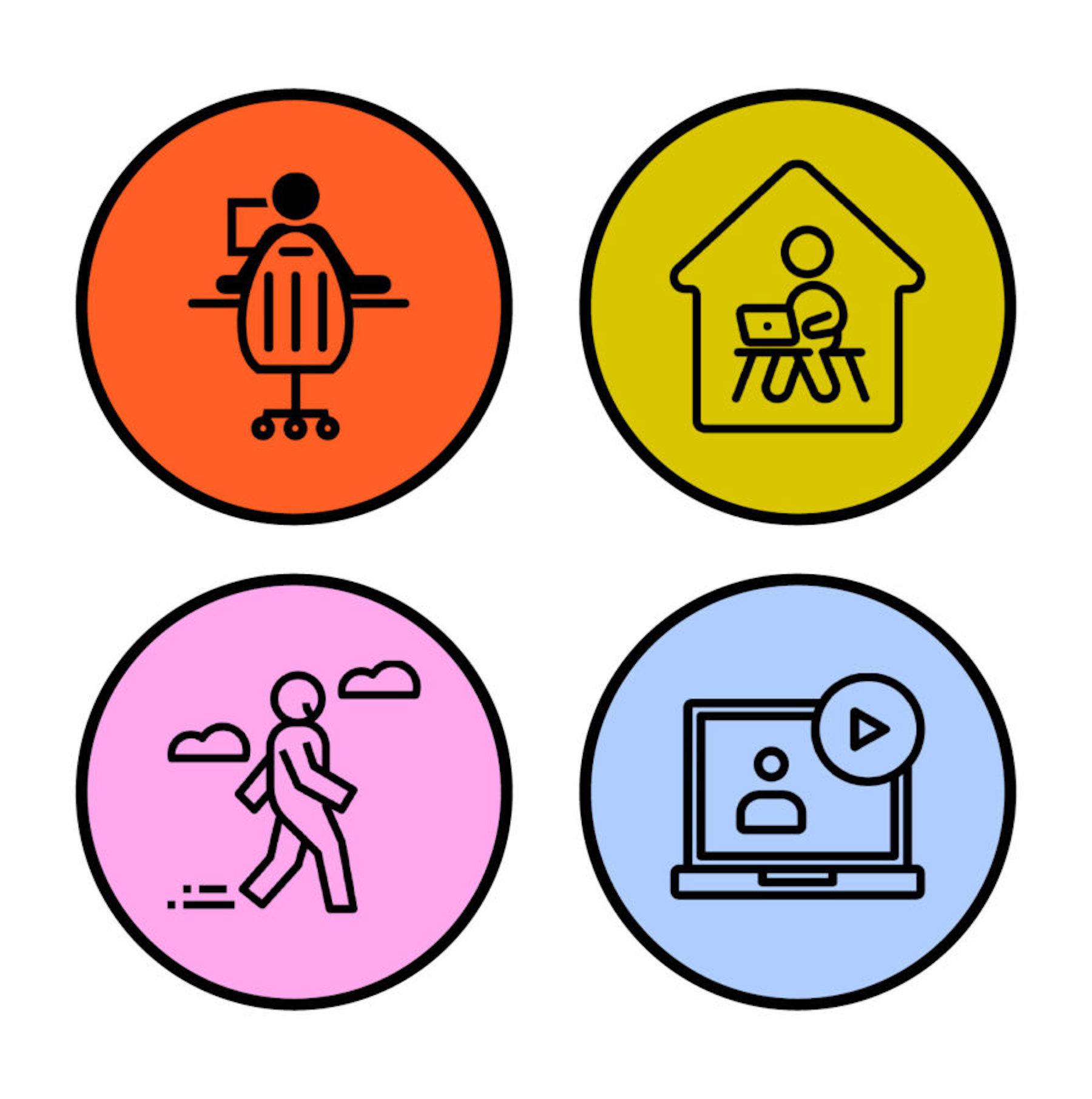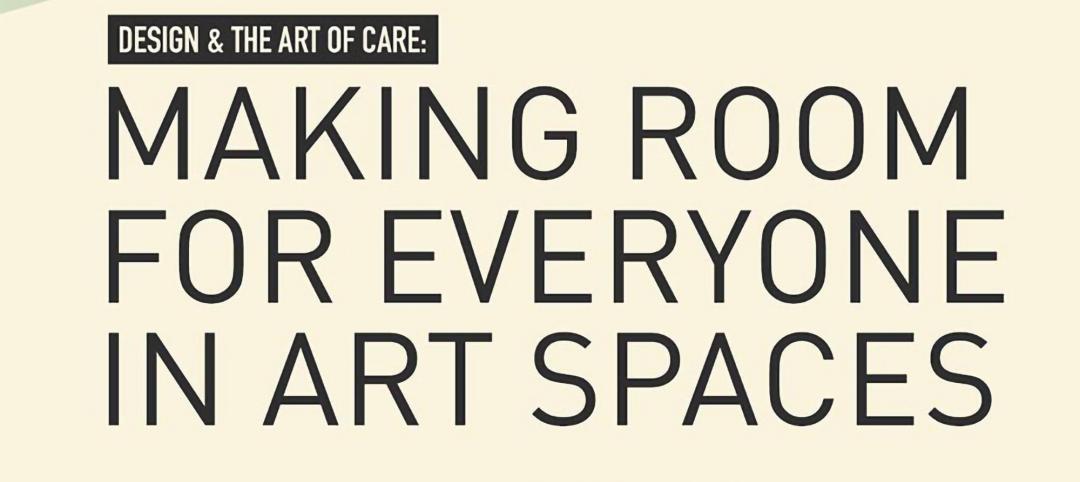There’s nothing worse than an elegant solution to the wrong problem. The new lifestyle of work requires new thinking about the locations where people work, what their workflow looks like, and how they are performing their best work. Whether you’re undertaking an office refresh or a comprehensive renovation, uncovering who you are as an organization is at the heart of understanding the kind of spaces your organization needs.
Uncovering Truths
Uncovering who you are begins with listening, observing, and fact-finding. Fresh eyes and ears during this process can reveal surprising truths about what your employees need to do their best work and feel valued. Even the most tuned-in leadership doesn’t always have access to feelings and insights that employees share with each other. Tapping into their wisdom and wishes can help leadership make smart decisions about where to invest design dollars. Do you need more open collaboration space? A more welcoming place to eat? Spaces to focus? You won’t know until you look within and discover who you are and what you really need.
Building Personas
Once you uncover who you are, you can begin to ask essential questions like: Where are you physically working and how often? What does your workflow typically look like? How fixed or mobile is your work? Evaluating lifestyle and workflow through persona categories allows you to move away from a universal, one-size-fits-all approach and shape space specifically around your people. This creates a landscape of choice that provides a range of spatial opportunities to support productivity. Many organizations find their work styles fall into four categories:
Dwellers primarily work in the office, but don’t necessarily want to be bound to their desk all day. Some tasks require focus, others can be done in a more social environment. They want to choose from a range of postures that support an array of tasks (collaborative and focus areas) as well as access destinations that support their health and wellness throughout the day (like outdoor space). Dwellers want to feel their range of needs is supported in one place.
Nomads come and go. They may work in the office in the morning, then be in and out of off-site meetings in the afternoon. Nomads may need a convenient touch-down hub to connect with colleagues or catch up between meetings.
Hybrids spend some days of the week in the office and some days working remotely. They may like the social and community building aspects of collaborative work, but also crave the extended focus time or work-life balance that comes with a few remote days.
Remotes work off-site most of the time. Remote workers may provide specialized skills that can only be found outside the region of your organization, or the type of work they do doesn’t require a lot of in-person interaction. But remotes still want to connect equitably, so workplace meeting spaces need the appropriate technology to engage team collaborators digitally.
The Landscape of Activity
When Remotes and Dwellers need to interact, where should that happen? What technology needs to be present? Which days are most popular in-office days for your Hybrids? Are there enough spots for everyone to have a spot? Do they need the same spot every time? Where can your Nomads touch down for an hour between meetings? Are you hosting big team project kick off meetings with visitors? How often and where is that happening? If you’ve done the “inner” work of uncovering who you are as an organization, your workstyle personas, and what your goals are, creating a landscape of activity that right-sizes your needs begin to take shape.
Anticipating Change
You can’t predict the future, but you can prepare for change. Flexibility and adaptability are design pillars that help keep organizations agile. The percentage of employees working remotely may shift in the coming years; tools and technologies are constantly evolving. Workspaces that can expand and contract, like open collaboration spaces, make it easy for additional people to come into the conversation. Flexible wall systems make conference rooms comfortable for different sized groups or let rooms be easily reconfigured as your company grows. Reconsidering how you store little-used physical documents can create opportunities for people to collaborate in-person. Flexible design strategies will help you nimbly adapt to inevitable changes as new generations enter the world of work.
More from Author
GBBN | Sep 12, 2024
How space supports programming changes at university libraries
GBBN Associate Sarah Kusuma Rubritz, AIA, uses the University of Pittsburgh's Hillman Library to showcase how libraries are transforming to support students’ needs.
GBBN | Jul 3, 2024
New science, old buildings: Renovating for efficiency, flexibility, and connection
What does the research space of the future look like? And can it be housed in older buildings—or does it require new construction?
GBBN | Jun 3, 2024
Insights for working well in a hybrid world
GBBN Principal and Interior Designer Beth Latto, NCIDQ, LEED AP, ID+C, WELL AP, share a few takeaways, insights, and lessons learned from a recent Post Occupancy Evaluation of the firm's Cincinnati, Ohio, office.
GBBN | Feb 26, 2024
GBBN's Inflation Reduction Act Calculator goes live
GBBN has publicly released its IRA Calculator, a tool that helps you understand funding opportunities in the IRA for sustainable design.
GBBN | Jan 25, 2024
Tactical issues for renovating university research buildings
Matthew Plecity, AIA, ASLA, Principal, GBBN, highlights the connection between the built environment and laboratory research, and weighs the benefits of renovation vs. new construction.
GBBN | Dec 14, 2023
What's next for affordable housing in 2024?
As 2023 draws to a close, GBBN’s Mary Jo Minerich and Amanda Markovic, AIA sat down to talk about the future. What’s next in terms of trends, technology, and construction of affordable housing?
GBBN | Oct 11, 2023
Leveraging land and light to enhance patient care
GBBN interior designer Kristin Greeley shares insights from the firm's latest project: a cancer center in Santa Fe, N.M.
GBBN | Aug 31, 2023
Small town takes over big box
GBBN associate Claire Shafer, AIA, breaks down the firm's recreational adaptive reuse project for a small Indiana town.
GBBN | Jun 20, 2023
Designing arts spaces that curate inclusivity
GBBN's Julia Clements and Marcene Kinney, AIA, LEED AP, talk tips for designing inclusive arts spaces.
GBBN | Mar 22, 2023
Onsite prefabrication for healthcare construction: It's more than a process, it's a partnership
Prefabrication can help project teams navigate an uncertain market. GBBN's Mickey LeRoy, AIA, ACHA, LEED AP, explains the difference between onsite and offsite prefabrication methods for healthcare construction projects.
















